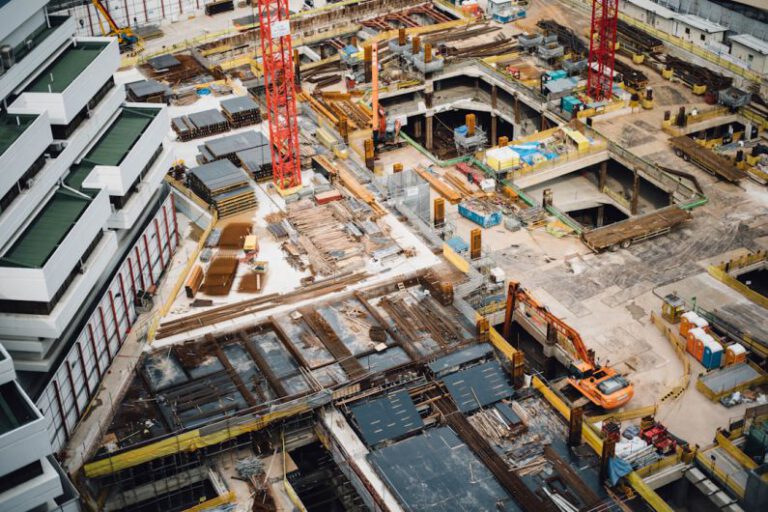What’s the Impact of Robotics on Construction Efficiency?
The Impact of Robotics on Construction Efficiency
In the rapidly evolving landscape of the construction industry, technological advancements have played a pivotal role in transforming traditional practices. One such innovation that has revolutionized the sector is the integration of robotics. The utilization of robotics in construction projects has significantly enhanced efficiency, productivity, and safety on job sites. Let’s delve into the impact of robotics on construction efficiency.
Enhanced Precision and Accuracy
Robotic technology has enabled construction companies to achieve unparalleled levels of precision and accuracy in various tasks. Robots can perform repetitive tasks such as bricklaying, welding, and 3D printing with a level of accuracy that surpasses human capabilities. This precision not only ensures that projects are completed with meticulous attention to detail but also minimizes errors and rework, leading to substantial time and cost savings.
Increased Productivity and Speed
One of the most significant impacts of robotics on construction efficiency is the substantial increase in productivity and speed of project completion. Robots can work around the clock without the need for breaks, resulting in continuous progress on construction sites. Their ability to execute tasks quickly and efficiently accelerates project timelines, allowing construction companies to deliver projects ahead of schedule. This improved productivity not only boosts efficiency but also enhances overall project profitability.
Improved Safety Standards
Safety is a critical aspect of the construction industry, and the integration of robotics has significantly enhanced safety standards on job sites. By automating hazardous tasks and reducing the need for human workers in high-risk environments, robots help mitigate the potential for accidents and injuries. This improved safety not only protects the well-being of construction workers but also minimizes project delays and disruptions caused by safety incidents.
Optimized Resource Utilization
Efficient resource utilization is essential for the success of construction projects, and robotics play a key role in optimizing the use of resources. Robots are capable of performing tasks with minimal material wastage, ensuring that resources such as materials, time, and labor are utilized effectively. By streamlining resource allocation and reducing inefficiencies, robotics contribute to cost savings and improved project outcomes.
Integration of Advanced Technologies
Robotics in construction are often integrated with advanced technologies such as Building Information Modeling (BIM), drones, and autonomous vehicles to further enhance efficiency. These technologies work in synergy to streamline project planning, monitoring, and execution processes. The seamless integration of robotics with other cutting-edge technologies enables construction companies to achieve superior project outcomes while maintaining a competitive edge in the industry.
Enhanced Collaboration and Communication
Robotics facilitate improved collaboration and communication among project stakeholders, including architects, engineers, contractors, and clients. Through real-time data sharing and remote monitoring capabilities, robotics enable seamless coordination and transparency throughout the project lifecycle. This enhanced collaboration fosters better decision-making, reduces conflicts, and ensures that all stakeholders are aligned towards a common goal of delivering successful construction projects.
Driving Innovation and Sustainability
The integration of robotics in construction not only enhances efficiency but also drives innovation and sustainability in the industry. Robotics enable the implementation of sustainable construction practices such as modular construction, energy-efficient designs, and waste reduction initiatives. By embracing robotics and innovative construction techniques, companies can reduce their environmental footprint, meet regulatory requirements, and cater to the growing demand for sustainable building solutions.
In conclusion, the impact of robotics on construction efficiency is profound, revolutionizing the way projects are planned, executed, and delivered. From enhanced precision and productivity to improved safety standards and resource utilization, robotics have become indispensable tools in the modern construction industry. By embracing robotics and leveraging cutting-edge technologies, construction companies can unlock new opportunities for growth, innovation, and sustainability in a rapidly evolving landscape.






